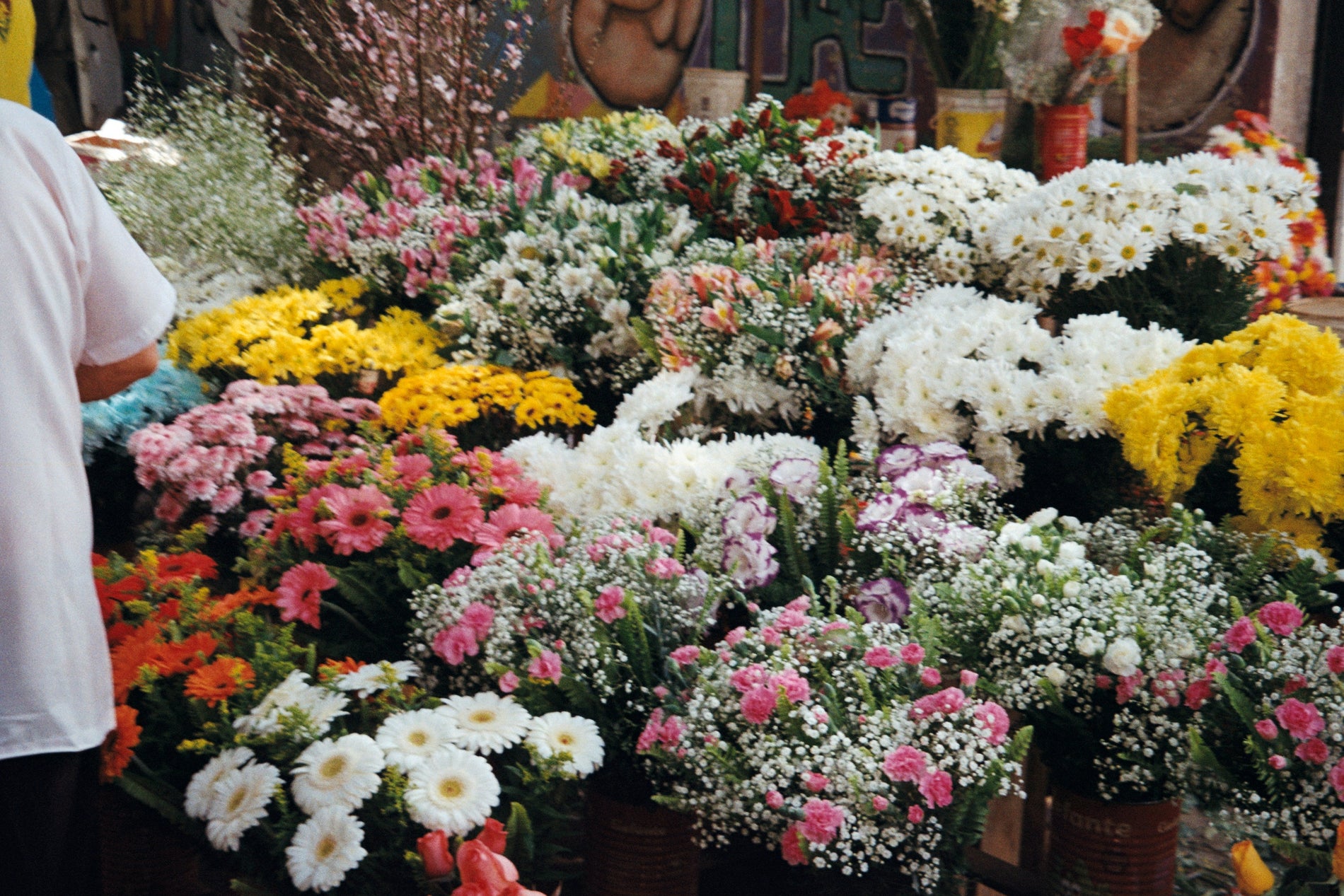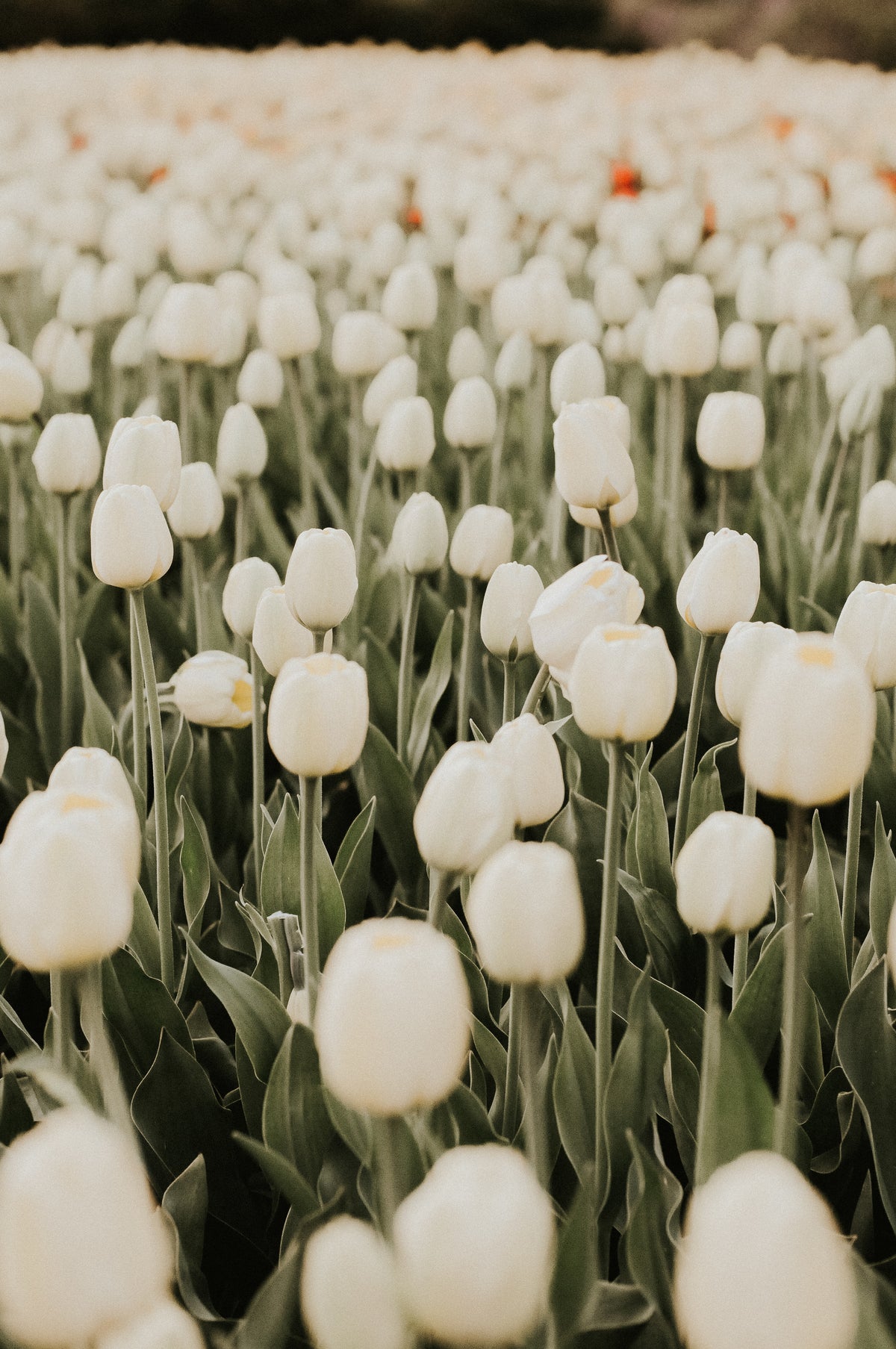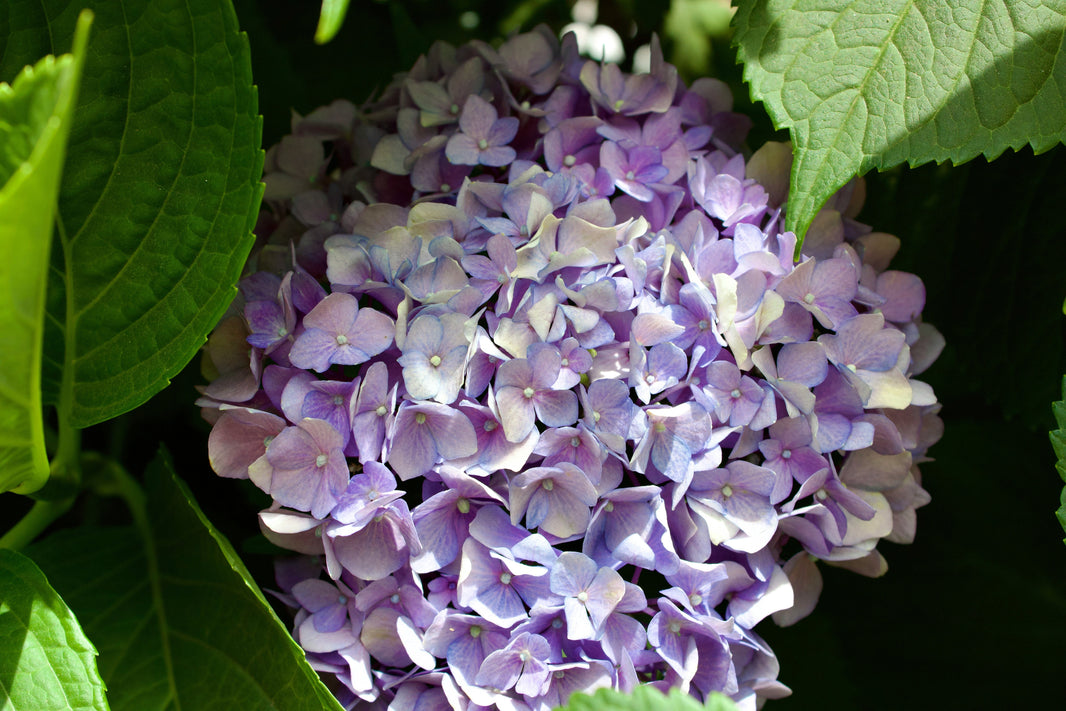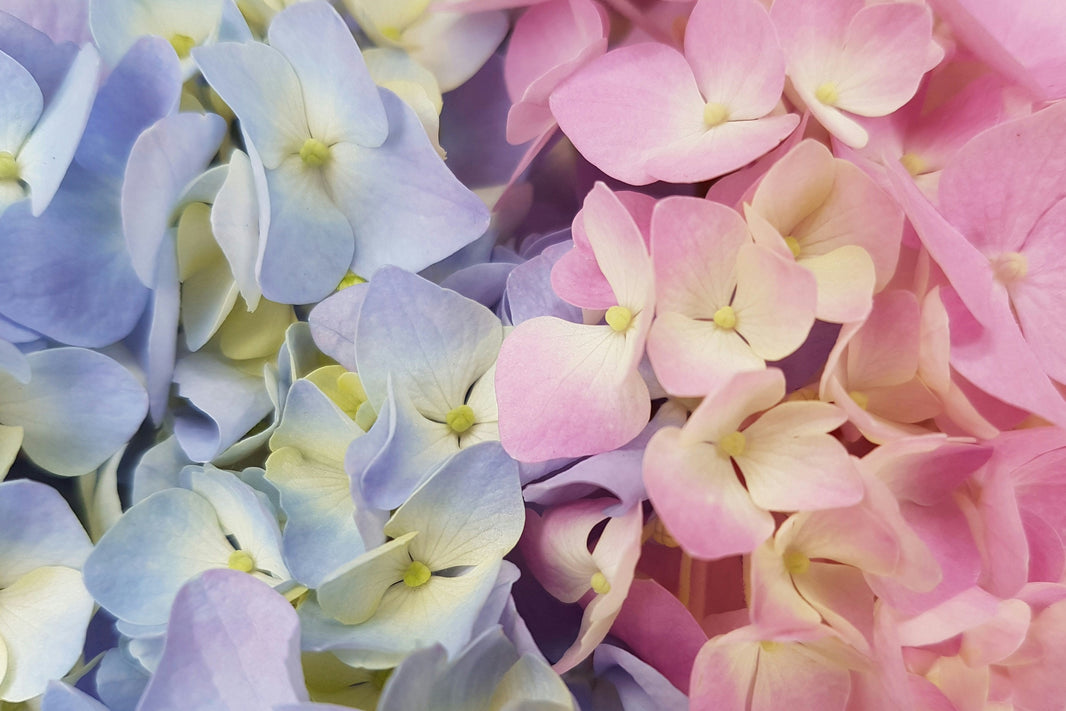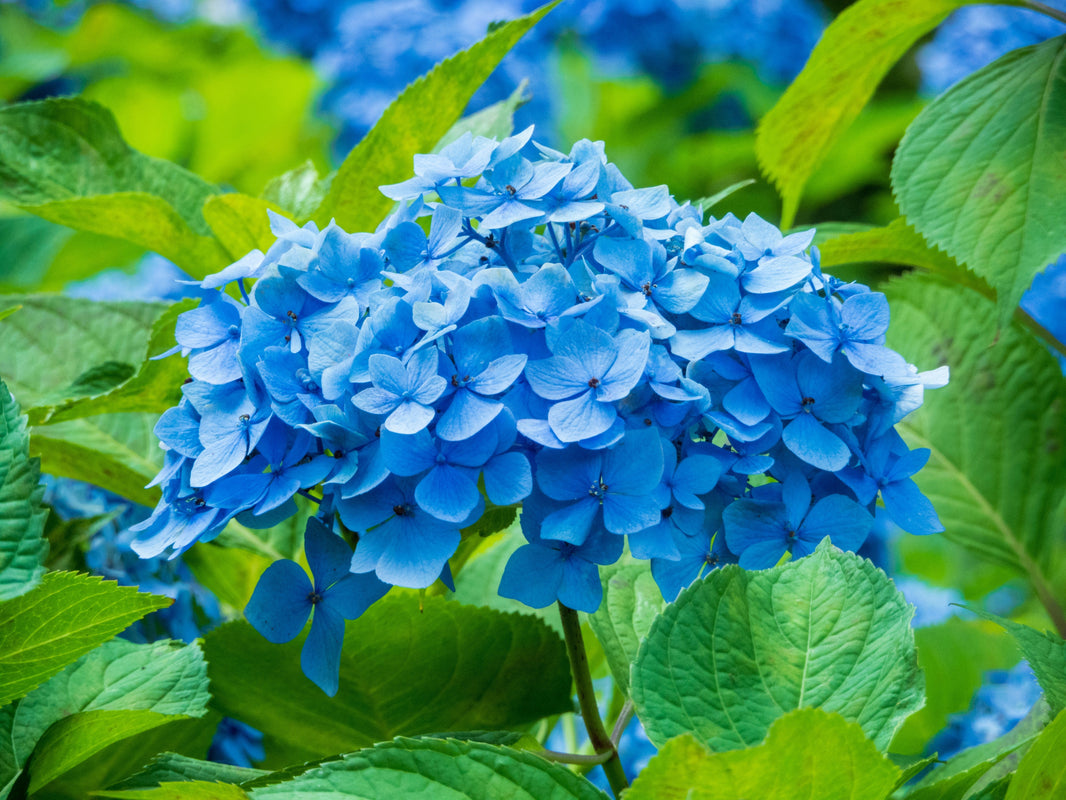Flowers are more than just beautiful arrangements. They are a global commodity, traded by the billions each year, adored for their elegance and emotional impact. As consumers around the world continue to embrace fresh-cut blooms for décor, gifting, and celebrations, one question naturally emerges: which flower reigns supreme as the best-selling cut variety?
Understanding which flower holds the top spot isn’t just an exercise in curiosity—it reveals deeper insights into agricultural production, consumer preference, and supply chain strategy. Florists, event planners, retailers, and especially wholesalers rely on this data to anticipate market trends and meet seasonal or year-round demand effectively.
The term “top cut flower” goes beyond simple aesthetics. It encapsulates popularity across occasions like weddings, funerals, holidays, and everyday home use. The answer affects not only growers but also logistics providers, retail operations, and global flower markets.
Among all flowers, a few key varieties consistently dominate the charts. Roses, tulips, carnations, chrysanthemums, and lilies are always in the conversation. But only one can truly hold the crown—and that flower’s supremacy is not a coincidence. It is backed by smart marketing, robust farming networks, and sustained demand in both consumer and commercial sectors.
The wholesale flower industry plays a pivotal role in pushing these blooms to the top. With their large-scale distribution and direct access to florists and supermarkets, wholesalers essentially shape which flowers gain global prominence. They understand seasonal demand patterns, purchasing cycles, and buyer psychology better than most.
For buyers, knowing the top-performing cut flower helps inform smarter purchasing decisions. Whether ordering blooms for resale, events, or personal occasions, aligning with best-selling varieties ensures availability, cost-efficiency, and customer satisfaction.
In this blog, we’ll break down the flower that holds the number one spot globally, explore how wholesalers maximize profits around this bloom, and investigate how top-selling flowers influence the broader floral economy. Plus, we’ll reveal how platforms like WholesaleFlowers.net make it easier than ever to access premium varieties in bulk.
The Global Flower Market: An Overview
The cut flower industry is a multibillion-dollar global trade connecting growers in equatorial climates with consumers in urban centers around the world. Driven by cultural traditions, consumer habits, and aesthetic appeal, the industry has evolved into a sophisticated network of farms, auctions, and wholesalers.
Most flowers are grown in tropical or temperate regions such as Colombia, Ecuador, Kenya, and the Netherlands. These countries provide the climate and labor force necessary for high-volume production. From there, blooms are cooled, packaged, and shipped to markets across Europe, North America, and Asia.
The Aalsmeer Flower Auction in the Netherlands remains one of the most influential hubs in the world. Here, millions of flowers are sold daily via high-speed electronic auctions. This centralized market determines pricing and demand for countless flower types and shapes what florists and retailers stock.
In North America, the Miami International Flower Market is another key node, particularly for flowers coming from South and Central America. It’s a hub where wholesalers aggregate inventory and distribute to various states across the country.
Seasonal surges are vital in shaping demand. Valentine’s Day, Mother’s Day, Easter, and Christmas see explosive growth in floral sales, with roses and lilies typically topping the list. These windows dictate planting schedules and supply forecasting for growers and wholesalers alike.
Technology has also modernized the floral trade. With advanced cold-chain logistics, flowers can now be delivered within days of being cut, ensuring freshness for end consumers. Real-time inventory platforms, e-commerce, and floral subscription services have all emerged as new players in the market.
COVID-19 shifted flower-buying behavior significantly. Online orders surged, and consumers turned to flowers as a source of comfort and joy during lockdowns. This further propelled the importance of efficient wholesale sourcing and highlighted the resilience of best-selling varieties.
Cultural nuances also influence demand. While roses may dominate in the West, chrysanthemums are especially significant in East Asian countries. Understanding these dynamics helps global suppliers cater to regional preferences and events.
At the heart of this system are wholesale flower distributors, who bridge the gap between growers and retailers. These businesses decide which flowers to promote, and their choices often dictate what consumers ultimately see at the point of sale.
Roses: The Undisputed Top Cut Flower
When it comes to identifying the best-selling flowers globally, one bloom stands tall above the rest—roses. As the undisputed champion of the cut flower market, roses consistently outpace all competitors in terms of volume, value, and year-round demand. This isn’t just due to tradition or sentiment; it’s also the result of an industry that has mastered the cultivation and distribution of this flower.
Roses are incredibly versatile. They are used in romantic arrangements, sympathy bouquets, wedding decor, and everyday gifting. The ability to suit multiple emotional and ceremonial needs makes them a go-to choice for florists and retailers alike. As a result, wholesalers often prioritize roses in their inventory, knowing that they’ll sell through consistently.
One key advantage of roses is the variety available. With over a hundred species and thousands of cultivars, roses come in virtually every color, shape, and size imaginable. This allows wholesalers to cater to niche preferences—whether it’s red for Valentine’s Day, white for weddings, or yellow for friendship—without stepping outside the rose category.
The supply chain for roses is also one of the most advanced in the floral world. Countries like Ecuador and Colombia are home to massive rose farms that specialize in high-altitude cultivation, which produces longer stems and larger blooms. These farms are optimized for export, using state-of-the-art greenhouse technology and labor trained specifically for rose production.
Wholesalers capitalize on this efficiency by negotiating bulk contracts with top-tier growers. These agreements guarantee volume and help stabilize pricing across seasons. For events like Mother’s Day or Valentine’s Day, pre-booking large quantities of roses ensures availability even during peak demand, something that smaller operations often struggle with.
The packaging and transport of roses are standardized across the industry. Long-stem roses are bundled and boxed in climate-controlled environments, then flown to major distribution hubs. This predictability allows wholesalers to offer roses with consistent quality and lead time, a major factor in their popularity among florists.
Roses also photograph exceptionally well, an attribute that’s become increasingly important in the age of Instagram and e-commerce. Their photogenic nature helps drive online sales, with customers more likely to purchase based on how a bouquet looks in promotional material or user-generated content.
In economic terms, roses represent a high-margin product. While their base cost is relatively low due to scale efficiencies, their emotional value allows retailers to price them at a premium. This dual appeal—affordable to source, profitable to sell—makes roses a centerpiece in every wholesaler’s business model.
For buyers looking to tap into the top cut flower trend, sourcing roses from a reputable platform like WholesaleFlowers.net ensures access to premium varieties at wholesale rates. Whether you’re a business, a florist, or planning a large event, roses are the smart choice for beauty, tradition, and profitability.
How Wholesalers Drive Rose Demand
Wholesalers play an instrumental role in the rose’s dominance by controlling access, visibility, and distribution. Their decisions on what varieties to stock, how to promote them, and when to offer bulk discounts have a direct impact on consumer trends and sales performance.
One of the key ways wholesalers boost demand is through seasonal marketing. Before major flower holidays, wholesalers ramp up rose inventory and advertise early bird discounts or pre-order specials. These campaigns help florists and retailers lock in inventory, ensuring they’re stocked for high-demand periods.
Volume pricing is another tool wholesalers use. By offering reduced rates on large orders, they encourage bulk purchases that are often tied to weddings, corporate events, or subscription services. This strategy also helps clear inventory faster, ensuring freshness and lowering storage costs.
Wholesalers often provide florists with promotional materials that feature roses prominently. These can include high-resolution photos, design templates, and social media graphics. By focusing marketing efforts on roses, wholesalers ensure they remain top-of-mind for end customers and front-and-center in point-of-sale displays.
Technology also plays a part in demand generation. Many wholesale platforms now use data analytics to identify purchasing patterns and recommend rose varieties that are trending. This allows buyers to stay ahead of the curve and align their offerings with current preferences.
Customization is another lever wholesalers pull. They can offer curated rose assortments based on color, stem length, or bloom size. This enables florists and retailers to create themed bouquets or unique offerings that stand out in a competitive market.
Education is yet another tactic. Wholesalers often provide training sessions or webinars on rose care, arrangement techniques, and merchandising. By empowering their clients with knowledge, wholesalers increase confidence and competence in selling roses.
Availability is key. Unlike exotic flowers that may have limited growing seasons, roses are cultivated year-round. Wholesalers ensure constant supply by partnering with farms across multiple continents. If one region is experiencing poor weather, another can pick up the slack, maintaining stability in the supply chain.
The role of logistics cannot be overstated. Wholesalers invest heavily in refrigerated storage and transport to maintain rose quality. This infrastructure ensures that roses arrive in peak condition, whether shipped across the state or around the globe.
Through these combined efforts, wholesalers don’t just respond to demand—they shape it. Their influence on price, promotion, and availability keeps roses at the forefront of the floral economy. For bulk buyers and regular customers alike, platforms like WholesaleFlowers.net offer the most seamless way to participate in this well-oiled supply chain.
Carnations: The Consistent Contender
While roses sit comfortably at the top, carnations hold their own as a consistent and formidable contender in the cut flower market. These blooms have a long-standing presence in both retail and wholesale flower catalogs, praised for their durability, affordability, and wide color range.
Carnations are especially favored in large floral arrangements and event decor because they are cost-effective and voluminous. A single stem can support a fluffy, round bloom that fills space with minimal expense. This makes them ideal for centerpieces, bridal bouquets, and sympathy sprays, where fullness is essential without exceeding the budget.
Their resilience is one of their best traits. Carnations can last up to three weeks in a vase if properly cared for, which significantly outpaces more delicate flowers like tulips or peonies. This extended shelf life makes them attractive to wholesalers and retailers alike because it reduces product loss and increases customer satisfaction.
Color variety is another selling point. Available in shades from pure white to deep crimson, and even dyed versions in blues, greens, and multicolored tints, carnations can match nearly any theme or occasion. This makes them highly adaptable for seasonal promotions, corporate branding, or customized events.
From a production standpoint, carnations are relatively easy to grow in greenhouses, which helps maintain steady supply throughout the year. Countries like Colombia and Kenya export millions of carnations annually, many of which end up in North American and European markets through wholesale distributors.
Wholesalers often bundle carnations in mixed boxes or themed packs to help florists and event planners streamline purchasing. These assortments are designed to complement other popular flowers like roses and chrysanthemums, increasing their versatility in arrangements.
Marketing-wise, carnations benefit from strong cultural associations. They are the official flower for Mother’s Day in many regions and are often used in religious and patriotic ceremonies. These symbolic meanings help maintain a steady base demand, which wholesalers rely on for year-round sales.
While carnations were once considered “cheap” or outdated, modern floral designers have revitalized their image by using them in chic, minimalist arrangements. This resurgence in popularity has led wholesalers to feature premium-grade carnations with ruffled textures and rare hues.
For businesses and florists looking to maximize visual impact without overspending, carnations are a reliable solution. Platforms like WholesaleFlowers.net offer a wide selection of carnations in bulk, ensuring access to fresh inventory that meets both quality and price expectations.
In the ever-competitive world of wholesale flowers, carnations prove that consistency, durability, and affordability still go a long way. They may not outshine roses in romance, but they’re the unsung heroes behind many of the industry’s most popular arrangements.
Tulips: Seasonal Surge and Wholesale Appeal
Tulips are another high-demand cut flower, known for their iconic shape and vibrant springtime appeal. While not a year-round top seller like roses, tulips dominate the market during specific seasons, especially around Easter and spring holidays.
Originating from Central Asia but widely associated with the Netherlands, tulips have long been a symbol of rebirth and new beginnings. This symbolism, combined with their striking appearance, makes them especially popular during transitional months like March and April.
Wholesalers take advantage of this seasonal interest by ramping up supply in late winter. Dutch growers export billions of tulips each year, many of which are pre-booked by wholesalers who expect sharp spikes in demand. This anticipatory ordering ensures florists can rely on tulips when their customers want them most.
One advantage of tulips in wholesale is their uniformity. Grown primarily in controlled greenhouse environments, tulips are available in highly consistent grades and sizes. This standardization makes it easier for wholesalers to market and ship them without the risks of variability.
Tulips also appeal to eco-conscious consumers. Many are cultivated with minimal pesticide use, and their bulbs can be reused or composted. Wholesalers often highlight these green credentials to help florists market more sustainably.
Although tulips have a shorter vase life—typically 5 to 7 days—they make up for it with rapid turnover and high visual impact. Consumers tend to purchase tulips in multiples, which helps drive volume-based sales for wholesalers and retailers alike.
The color palette for tulips is massive, ranging from pure white to nearly black, with two-toned and fringed varieties offering even more diversity. This makes them an excellent match for themed events, spring weddings, or modern minimalist arrangements.
Wholesalers often bundle tulips in uniform bunches, making them easy for florists to design with or sell as grab-and-go options. Their tall, straight stems also make them ideal for sleek vase arrangements, which are increasingly popular in urban markets and hotel decor.
Digital catalogs from wholesale platforms like WholesaleFlowers.net allow florists to browse tulip varieties based on bloom shape, stem length, and color—making tulip sourcing more convenient and customizable than ever before.
While tulips may not hold the top spot for best-selling flowers overall, their seasonal performance is unmatched. For businesses that plan strategically around calendar-based demand, tulips are a valuable addition to any floral inventory.
Chrysanthemums: Volume Leader With Cultural Weight
Chrysanthemums—or “mums” as they are often called—are another powerhouse in the world of cut flowers. These blooms are especially dominant in Asian markets, where they hold deep cultural significance. But their impact on the wholesale flower industry is truly global.
Mums come in a variety of forms: spider mums, pompons, buttons, and disbuds, to name a few. Each type offers a different texture and size, giving florists a broad toolkit for designing unique and layered arrangements. This flexibility is one of the reasons chrysanthemums are such strong sellers in wholesale channels.
Chrysanthemums are grown in high volumes year-round, especially in countries like China, Japan, Colombia, and the United States. Their robust nature and high yield per square foot make them ideal for growers seeking maximum return on cultivation space.
One major appeal of chrysanthemums is their incredible longevity. A fresh stem can last up to three weeks in a vase with proper care. This durability translates into higher value for consumers and fewer replacements for florists and retailers, making them an economic win at every level of the supply chain.
In cultural contexts, chrysanthemums carry different meanings. In the West, they are often used in sympathy arrangements or autumnal decor. In Asia, particularly in Japan and Korea, they represent honor and longevity. These traditions create year-round demand in specific regions, which wholesalers capitalize on with location-specific marketing.
Wholesalers frequently offer chrysanthemums in large packs due to their high demand. They are a staple in mixed floral arrangements and are often used as filler flowers that provide volume without overshadowing focal blooms like roses or lilies.
Mums also offer an extensive color range and the ability to hold dyes well. This makes them ideal for creating customized color palettes for weddings, corporate events, and seasonal collections. WholesaleFlowers.net, for instance, offers specialty-dyed mums in pastel and neon hues for standout designs.
The bloom shape of chrysanthemums—round, full, and dense—adds both texture and dimension to floral displays. For florists looking to maximize visual impact, mums are indispensable. Their structural integrity also means they hold up well during transport, reducing spoilage and increasing margins for wholesalers.
For wholesalers, chrysanthemums are a logistical dream. They ship well, store well, and sell well. Their consistency in shape, color, and vase life make them a no-brainer for both high-volume orders and smaller boutique requests.
Whether for religious ceremonies, seasonal decorating, or everyday arrangements, chrysanthemums deliver strong visual appeal and financial return. That’s why they remain one of the best-selling flowers across global wholesale markets.
When it comes to identifying the best-selling flowers in the global market, roses clearly dominate as the top cut flower, cherished for their symbolism, variety, and adaptability. But they are not alone in their reign. Carnations, tulips, chrysanthemums, and lilies all contribute significantly to the wholesale flowers ecosystem, bringing versatility, longevity, and beauty to every arrangement. The continuous popularity of these blooms proves just how essential they are to florists, event planners, and everyday consumers alike.
Wholesale distributors have built their entire infrastructure around these top-performing varieties. From efficient cold-chain logistics to predictive analytics, every element of the floral supply chain is optimized to support the high-volume movement of best sellers like roses and carnations. This synergy between grower, distributor, and buyer ensures that top cut flowers remain consistently available, regardless of season or region.
Consumer behavior also plays a key role in maintaining these flowers’ top-tier status. Holidays like Valentine’s Day and Mother’s Day, along with year-round events such as weddings, anniversaries, and sympathy occasions, create recurring spikes in demand. These cycles enable wholesalers to plan inventory and pricing strategies with remarkable precision.
The rise of online ordering platforms has further transformed the landscape. Today’s buyers—whether florists or everyday shoppers—expect speed, variety, and quality in equal measure. This is where modern wholesale providers thrive, particularly those who offer intuitive interfaces, bulk discounts, and fast delivery. These innovations have bridged the gap between industrial-scale operations and personalized consumer needs.
Among the many platforms serving this evolving demand, WholesaleFlowers.net stands out as a leading solution. Their extensive catalog includes the best-selling flowers in the world—roses, carnations, tulips, mums, and more—offered in various colors, grades, and stem lengths. Designed for both professionals and passionate home arrangers, WholesaleFlowers.net blends wholesale efficiency with retail-level detail.
Whether you’re sourcing event florals, stocking a retail store, or simply indulging a personal passion, buying bulk flowersfrom a trusted platform ensures quality, affordability, and peace of mind. With seamless logistics, transparent pricing, and a commitment to freshness, WholesaleFlowers.net makes the process simple and satisfying.
To browse their curated collection of the world’s best-selling flowers and place your next bulk order, visit WholesaleFlowers.net today. Their commitment to excellence, from the farm to your doorstep, ensures that every bloom tells a story worth sharing.
And if you’re ready to explore a wide selection of top cut flowers tailored to your needs, click here to view all flowers now and discover what makes them the global favorites.
In a world overflowing with options, WholesaleFlowers.net remains the best choice for securing the most iconic, beautiful, and high-performing flowers on the market—every single time.


